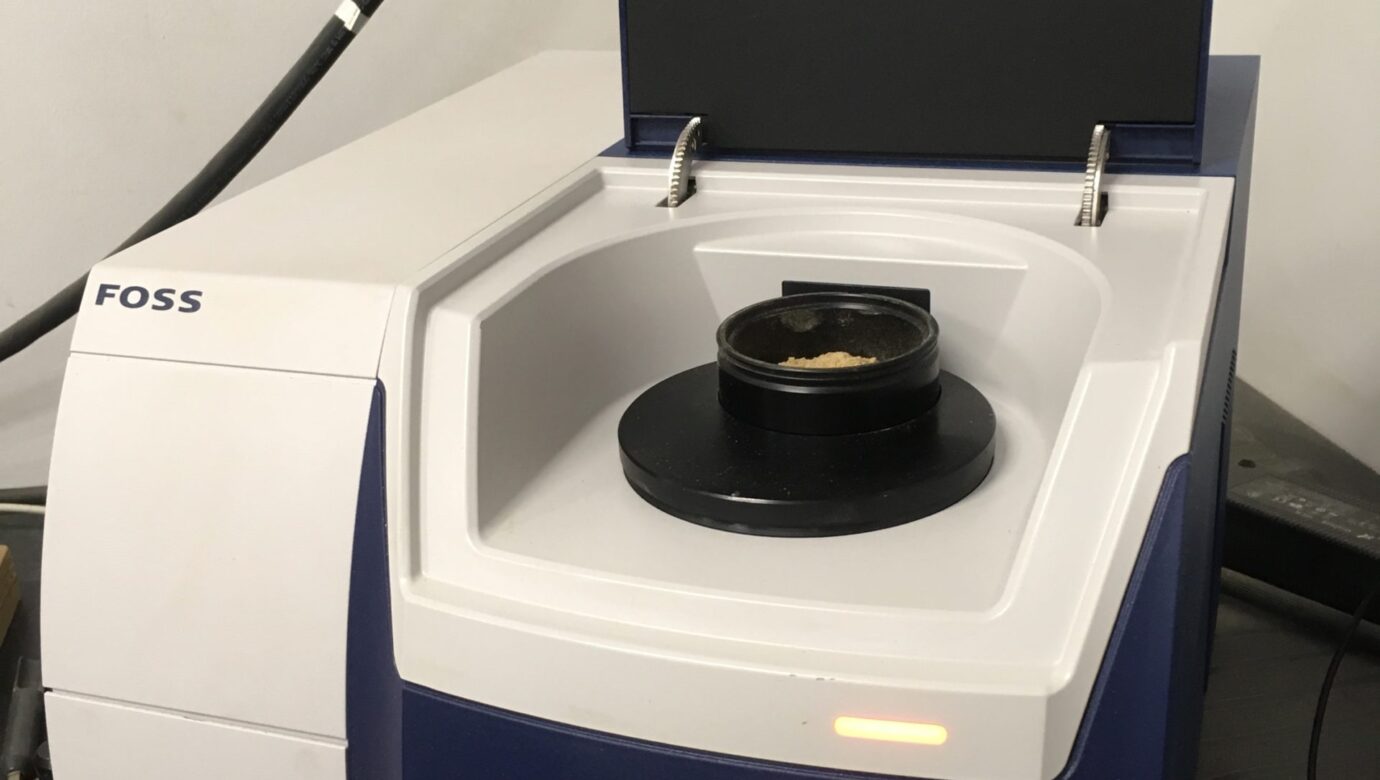
Using NIRS for Forage Analysis
Last week was the American Forage and Grasslands Council (AFGC) held their annual conference in conjunction with the NIRS Feed and Forage Consortium (NIRSC). I attended the NIRSC workshops. During these workshops, presenters spoke about proper sample preparation for NIRS analysis and how to create and maintian good prediction model equations. Ward Laboratories, INC. strives to consistently prepare forage samples for NIRS analysis according to the NIRSC guidelines discussed at the meeting and, utilizes the robust, accurate prediction models provided to members of the NIRSC. As a producer, you can ensure the correct model is used in analysis of your sample by labeling samples in a clear and detailed manner.
Keys to Proper Sample Preparation for NIRS Analysis
- Properly dry the sample. Once we recieve a hay or forage sample at Ward Laboratories, INC. the sample is placed in a forced air drying oven overnight. Samples using NIRS for forage analysis have a target dry matter range of between 94-97%.
- Properly grind the sample. There are various methods to grind a sample after drying in a commercial laboratory setting. While, multiple grind sizes are included in the NIRSC prediction equations, using a 1mm cyclone grind resulting in a particle size average of 1/2 mm decreases statistical variation and increases accuracy.
- Properly and consistently packing the cup to be scanned for NIRS analysis. It is important to keep a consistent packing density in all samples scaned for accurate predictions.
Keys to a Robust Prediction Model
- Samples with a wide range of reference values for nutrient constituents.
- Samples with good sample preparation before analysis.
- Select a good mix of samples with multiple varieties.
- Remove similar or redundant samples.
- Use at least 100 diverse samples.
- Update equations with new samples regularly.
By using prediction models provided by the NIRSC, Ward Laboratories, INC. ensures robust results for all our clients with no bias toward forage produced in our geographical area.
How Producers Can Help Ensure Accurate Prediction Models and Results on Their Report
- Clear, detailed labeling of samples submitted to Ward Laboratories, INC. for analysis. Properly labeling the species and variety of hay or forage that you are submitting to the lab will allow us to be sure we are applying the corect set prediction equtaions to your sample so that your report is accurate for that particular sample. Addtionally, if you submit a specific variety, we can submit that sample to the NIRSC. Samples sent to the NIRSC may then be used in the updated equations. Last year, I was able to submit many BMR sorghum varieties to the NIRSC, but few Enogen corn and no HarvXtra Alfalfa varieties were labeled with enough detail to knowingly submit.
In conclusion, you can see Ward Laboratories, INC. works diligently and follows standardized guidelines to ensure NIRS results are accurate for each sample analyzed. Producers can help ensure accuracy through clear and detailed labeling of their samples.

1 Comment-
Pingback: Confidence In NIRS Analysis of Forages - %